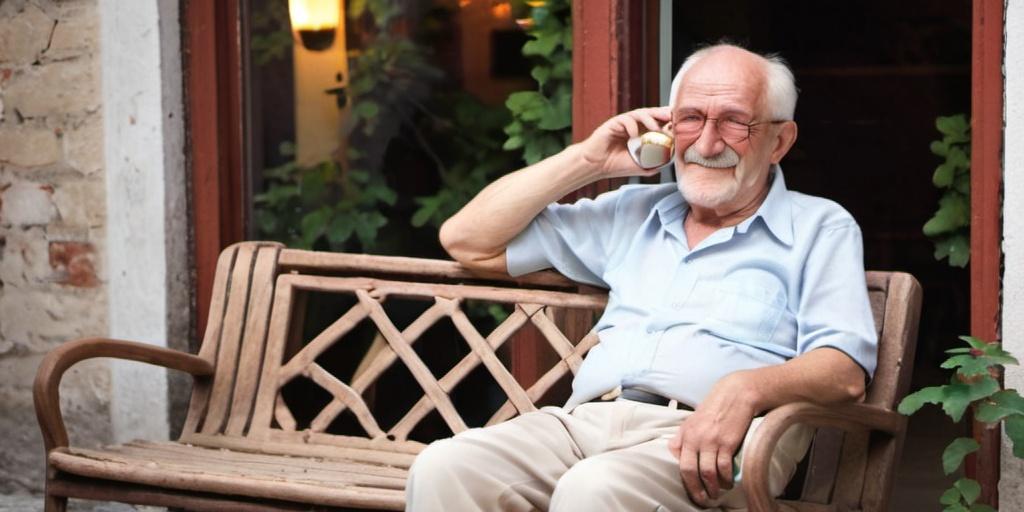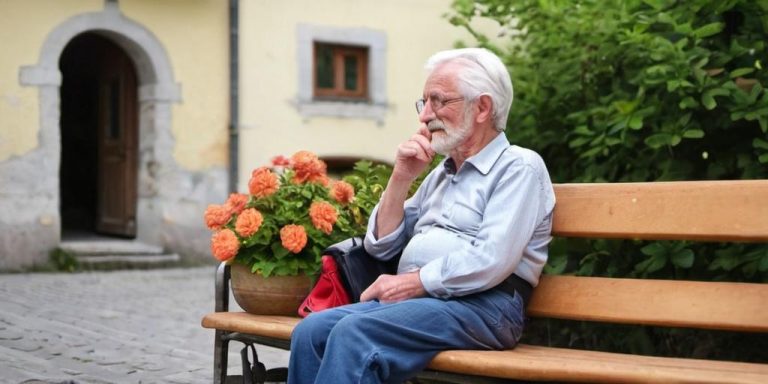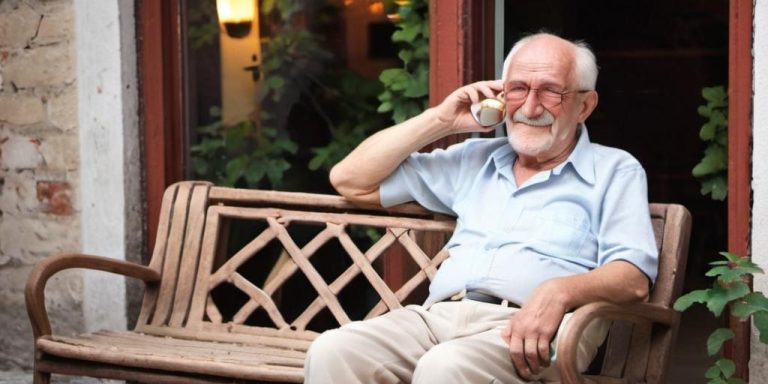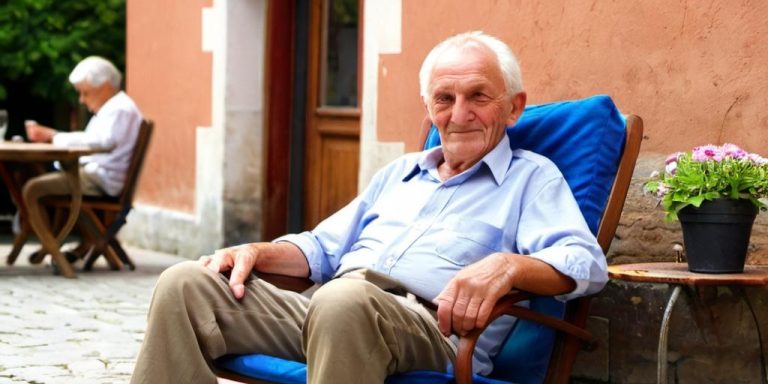
Retirement is often sold as the chance to finally travel — the reward for decades of work and saving. For some, that means ticking off a list of countries they never had time to visit. For others, it’s staying longer in familiar places or visiting family who live far away. What most people don’t realise until it’s too late is that travel in retirement doesn’t just happen. You have to plan for it, both financially and physically, or it quickly turns into something you talk about but rarely do.
Budgeting beyond the flight
Travel in retirement is not just about buying plane tickets. Accommodation, insurance, meals, transportation, entry fees, seasonal price hikes, and emergencies all add up — and many of those costs increase with age. Travel insurance becomes more expensive, sometimes drastically, after age 65. Medical coverage abroad is essential and not optional, especially in countries without public healthcare.
Many people underestimate the cost of slower travel too. Taking longer trips may mean more value per day, but it also requires more spending on essentials like laundry, food shopping and local transportation. A three-week trip is rarely three times the cost of a one-week holiday, but it’s still not cheap.
Add in currency changes, extra luggage fees, or needing to change plans at short notice due to illness or fatigue, and the numbers start to shift fast. Retirement travel can be fulfilling, but it’s rarely low-cost.
Timing matters more than destination
Most retirees can travel in off-peak seasons. That’s a luxury not everyone gets during their working years, and it can save a significant amount of money. Flights are cheaper, hotels less crowded, and attractions easier to enjoy. More importantly, it makes certain places bearable that would otherwise be overrun or overpriced.
But off-season travel also comes with trade-offs. Some attractions may be closed, weather can be unpredictable, and certain regions may shut down entirely outside of high season. The freedom to travel when you want doesn’t mean every time is the right time.
The earlier you travel in retirement, the easier it is. Health, mobility and energy all shift over time. Many people plan to see the world in their seventies, but find out in their late sixties that long flights, unfamiliar beds and foreign food are less fun than they imagined. If travel is a goal, prioritise it in the early retirement years, not the distant future.
Physical planning is just as important
Travel in your 60s is different than in your 30s. You need to consider walking distances, climate comfort, elevation, dietary requirements, and medical access in a way that younger travellers don’t. It doesn’t mean you can’t explore or be adventurous, but ignoring your limits will make you miserable fast.
Long layovers, 5 a.m. airport calls and 10-mile museum marathons sound better on paper than they feel in your knees. Choose itineraries that build in rest, flexibility and backup plans. Pay a bit more for direct flights or seats with legroom. Book accommodations with elevators, laundry access, and staff who can help in an emergency. You’ll thank yourself later.
Choose your style of travel intentionally
Not everyone wants to travel the same way. Some retirees prefer cruise ships or group tours because everything’s arranged and predictable. Others want the freedom of renting a car and exploring rural areas or staying in one place for weeks. Neither is better — what matters is knowing what type of travel suits your temperament, energy level and budget.
If you’re used to fast-paced short breaks, it might be hard to adjust to slower, longer trips — but they tend to work better in retirement. Spending more time in fewer places reduces stress, lowers costs per day, and makes the travel feel less like a race and more like part of your lifestyle.
How much travel is too much?
One of the biggest surprises for new retirees is that too much travel gets old quickly. The novelty fades, and many find themselves longing for routine, hobbies or simply not living out of a suitcase. It’s easy to go overboard in the first few years, especially if you’ve built up decades of anticipation. But burnout is real, and being constantly away from your support systems, doctors, and familiar comforts can wear you down.
Balance matters. Some of the most satisfied retirees take one or two well-planned trips a year and spend the rest of their time locally, engaged in slower, simpler routines.
Seen from Pension Gruber
We’ve hosted couples who’ve travelled all over Europe and finally decided they prefer returning to the same familiar village. Others use us as a hub — a place to slow down between longer journeys. They arrive rested, or exhausted, depending on how much planning they did.
One retired teacher stayed here for a month after burning out on a year-long global trip. “I thought I wanted to see everything,” he said, “but I just wanted somewhere quiet with decent bread and hot showers.”
That’s the part most travel guides don’t mention. Retirement travel is better when it’s slower, calmer, and designed around comfort as much as curiosity. It’s not about how many countries you see — it’s whether you still feel like yourself in them.





